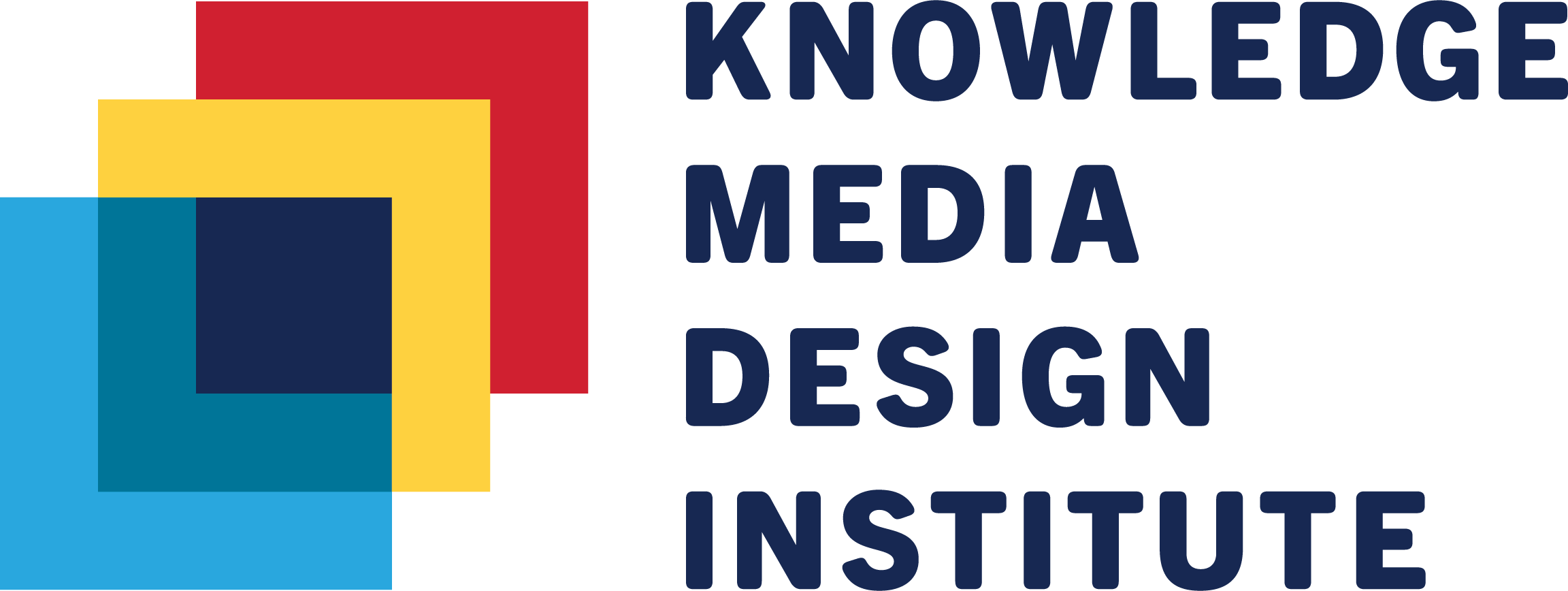Call for Applications:
EDI Student Initiatives Fund
Student initiatives and/or projects may be eligible for up to $2,000 in funding.
The Knowledge Media Design Institute (KMDI) is a multidisciplinary research institute supported by the Faculty of Information at the University of Toronto.
We are dedicated to exploring the complex relationships between information, technology and society, through human-centered design and a commitment to social justice.


